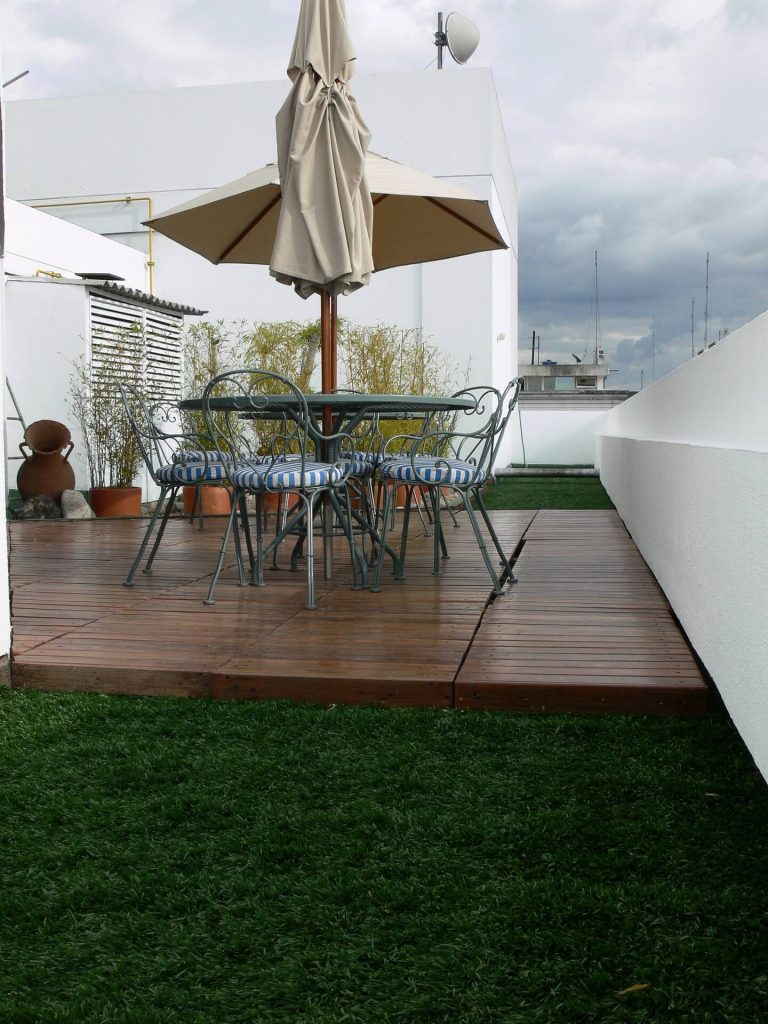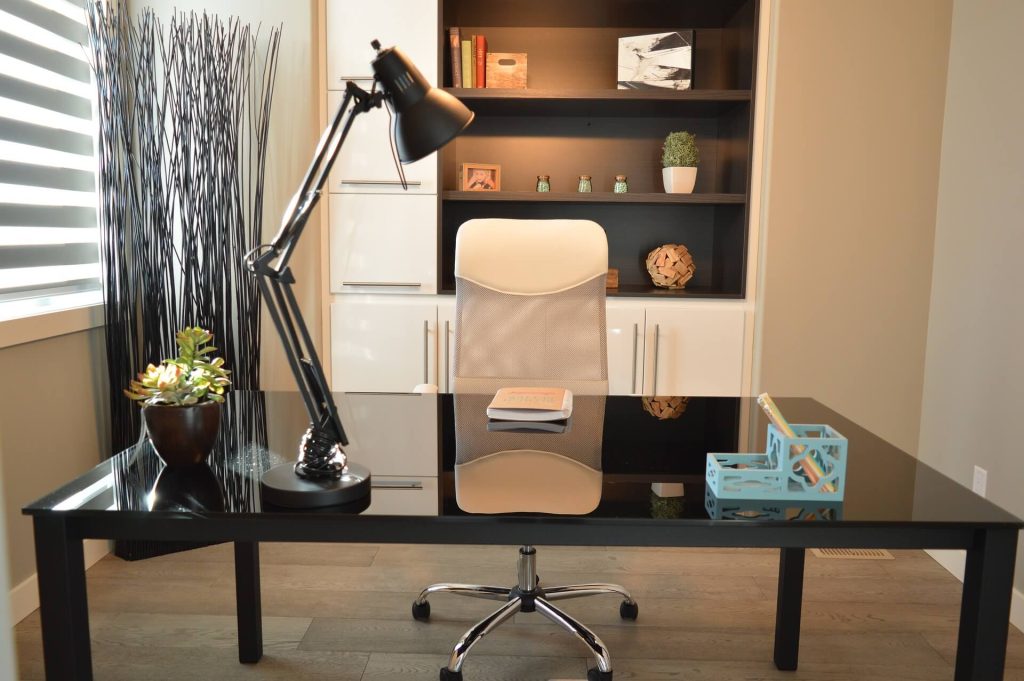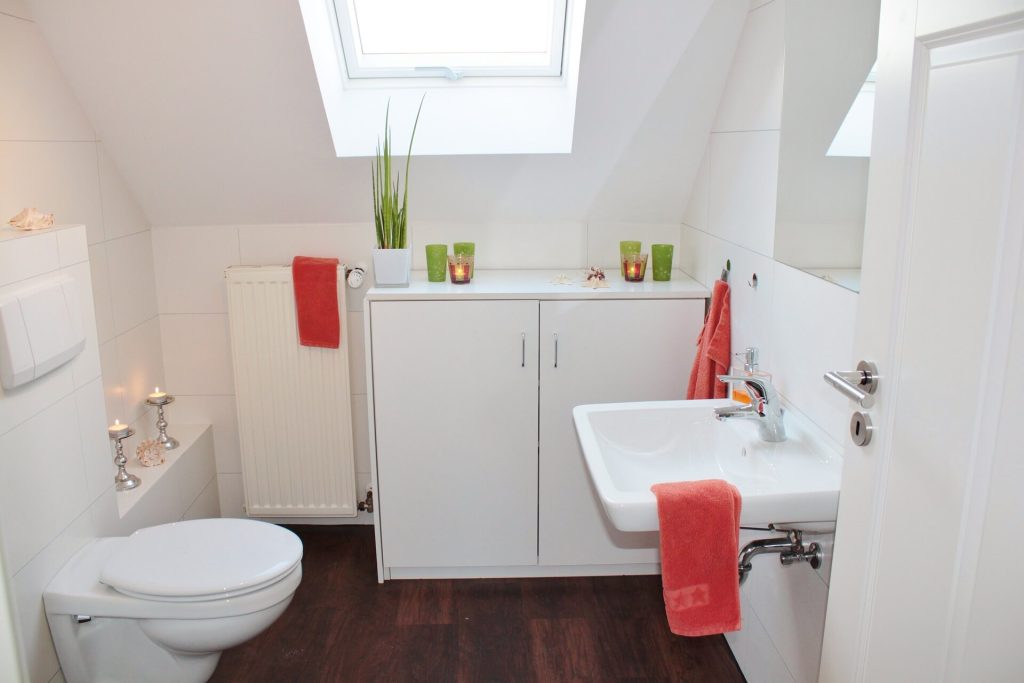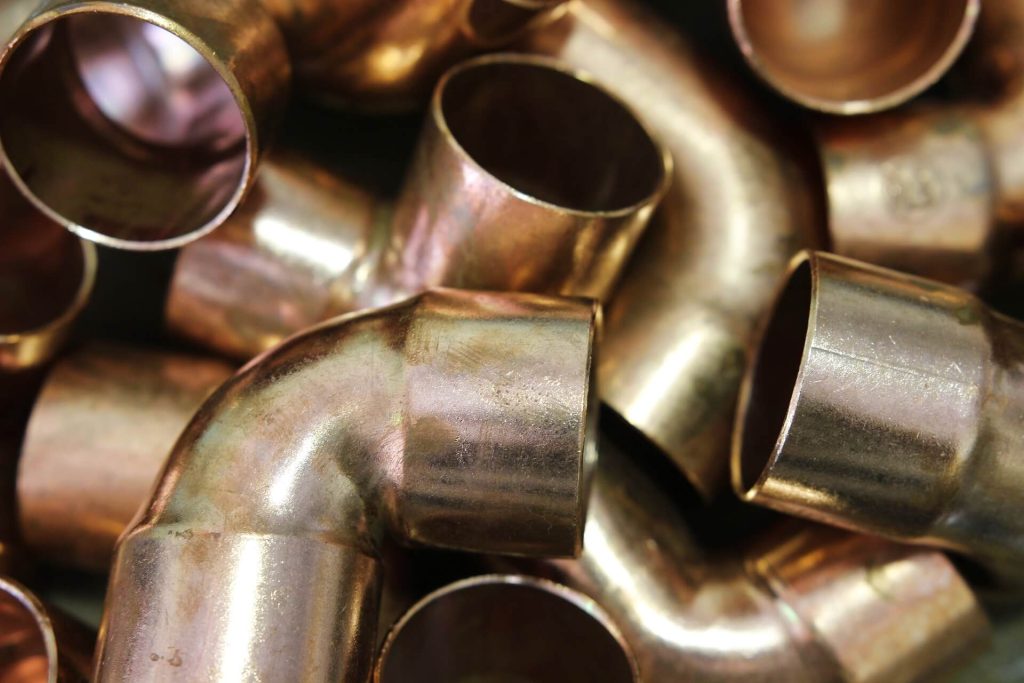
Ready For Your Next Project?
How to Install a Toilet in Your Kissimmee Home
Things to Think About While Selecting the Appropriate Toilet
With so many options available, selecting the ideal toilet for your bathroom can seem like a difficult chore. While choosing a new toilet, keep the following things in mind:
Size and Form
To ensure that the new toilet will fit in your bathroom, it is crucial to measure the space available. Toilets come in a variety of sizes and designs. The shape of the toilet bowl—which can be either round or elongated—should also be taken into account. While elongated bowls offer more comfort and are better suited for larger bathrooms, round bowls are more compact and better suited for smaller bathrooms.
Drainage System
Several flushing mechanisms, including gravity-fed, pressure-assisted, and dual-flush, are included with toilets. The majority of toilets are gravity-fed, which flushes waste down the drain using gravity. Dual-flush toilets give you the option to choose between a full or partial flush based on the amount of waste, whilst pressure-assisted toilets employ compressed air to produce a more powerful flush.
Efficiency with Water
Toilets that are water-efficient consume less water per flush than conventional toilets, which can reduce your water bill. Search for toilets with the WaterSense mark, which signifies that the toilet complies with Environmental Protection Agency water efficiency criteria (EPA).
Design and Fashion
To fit your bathroom’s decor, toilets are available in a range of styles and designs. Depending on your desire, you can select from traditional, modern, or contemporary styles and hues ranging from white to black.
Getting Ready for Installation: Required Tools and Materials
Gathering the required equipment and materials is imperative before installing a new toilet. The items you’ll need are listed below:
Tools:
Materials: Bucket, Level, Hacksaw, Putty Knife, Adjustable Wrench
- new lavatory
- a wax ring
- Bolts for attaching toilets
- Bolts on toilet tanks
- Caulk
Having some towels or rags on hand will help you to wipe up any water or debris that may spill throughout the installation process.
How to Remove the Old Toilet, Step by Step
Before installing a new toilet, an old one must be removed, which can be a messy and unpleasant operation. Here is a how-to for removing an aged toilet:
- To drain any water from the tank and bowl, shut off the water supply valve and flush the toilet.
- With an adjustable spanner, detach the water supply line from the toilet tank.
- At the base of the toilet, remove the nuts by removing the caps protecting the bolts and using a spanner.
- Lift the toilet off the mounting bolts with care, and then place it on a towel or rag.
- Take off the wax ring from the floor flange and throw it away.
- Scrape off any leftover wax or debris with a putty knife.
- To stop sewage gases from entering your home during installation, it’s crucial to cover the drain opening with a rag or towel.
A Step-by-Step Guide for Building a New Toilet
Although installing a new toilet might sound frightening, it’s actually a fairly simple procedure. An instruction manual for installing a new toilet is provided below:
- Place the fresh wax ring over the floor’s flange.
- Above the mounting bolts, place the new toilet bowl.
- To compress the wax ring and hold the toilet in place, apply pressure to the bowl.
- Align the mounting holes on the toilet tank before placing it onto the bowl.
- Through the mounting holes, thread the tank bolts, then tighten them with nuts and washers.
- To guarantee a snug fit, uniformly tighten the nuts; however, take care to avoid overtightening, which could shatter the porcelain.
- Turn on the water supply valve after connecting the tank’s water supply line.
- Examine the area around the toilet’s base for leaks, and tighten the mounting nuts as necessary.
- As directed by the manufacturer, install the toilet seat.
- Checking the toilet and connecting the water supply
It’s crucial to connect the water supply after installing the new toilet and test it to make sure it functions properly. Here is how you do it:
- Using an adjustable spanner, attach the water supply line to the fill valve located at the base of the tank.
- Open the water supply valve and let the water fill the tank.
- Examine the water supply line and the tank bolts for any leaks.
- After the tank is full, flush the toilet multiple times to look for any flushing system problems.
- Using the fill valve, adjust the water level in the tank as appropriate.
Troubleshooting Common Toilet Installation Problems
A new toilet may have certain common problems even with competent installation. Here are some suggestions for troubleshooting these problems:
Unsealed Toilet
If you see water collecting around the toilet’s base, there might be a problem with the wax ring or the mounting bolts. If necessary, tighten the mounting nuts or change the wax ring.
Weak Flush
A clogged or partially clogged trapway or water jets may be to blame for a weak flush. To remove any obstructions, use a toilet auger or plunger.
Plumbing issue
A broken fill valve or flapper may be to blame if the toilet keeps running after flushing. If necessary, adjust the fill valve or swap out the flapper.
In conclusion, installing a new toilet can be a do-it-yourself project if you have the necessary equipment, supplies, and information. You can select the ideal toilet for your bathroom by taking into account elements like size, flushing system, water efficiency, and style. You can quickly have a functional toilet by making cautious preparations and carefully following the installation procedure.
Fast & Reliable Service
We strive to complete your projects on time, within budget, and to your utmost satisfaction.
Professional Handymen
Our handymen have many years of experience so that your projects get done right the first time.
Need a handy hand for your project?
Call NowHandyman Tips & FAQs
Kissimmeehandymanservices.com - Pro Tools Handymen - Privacy





